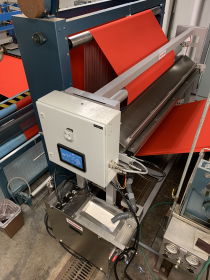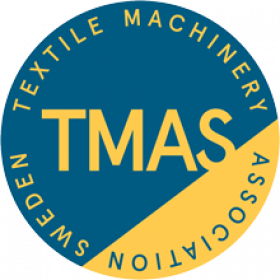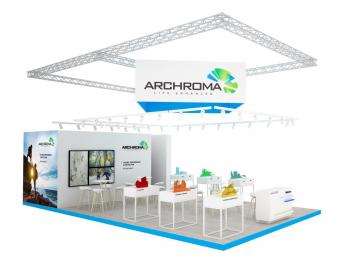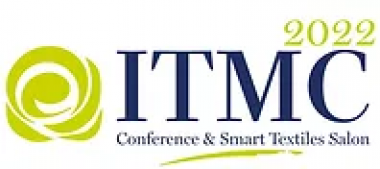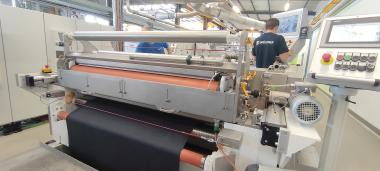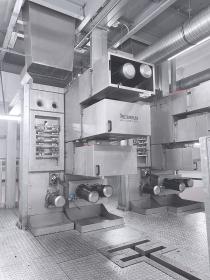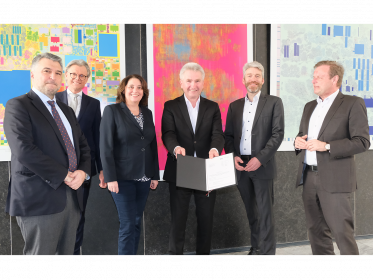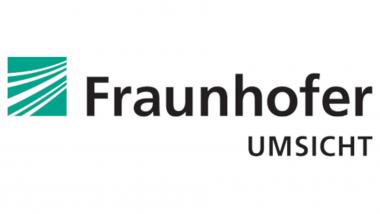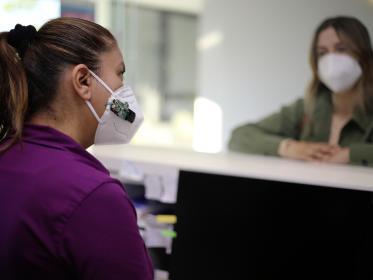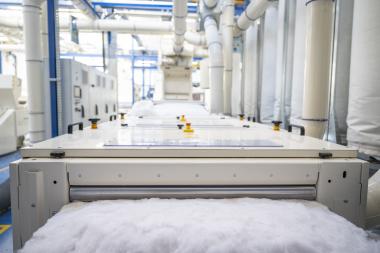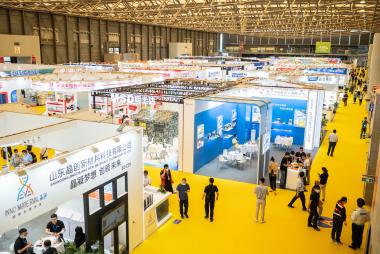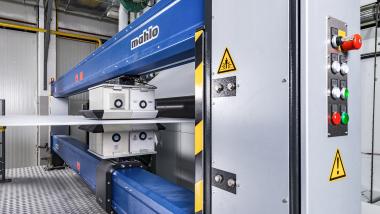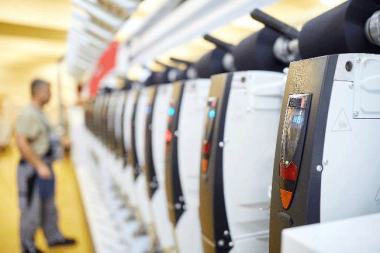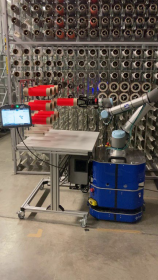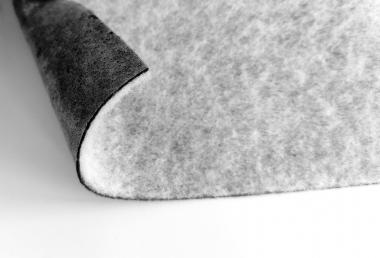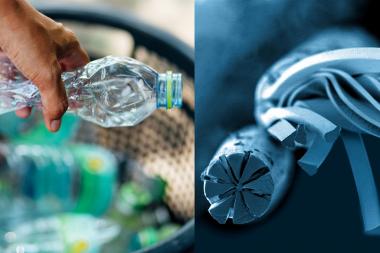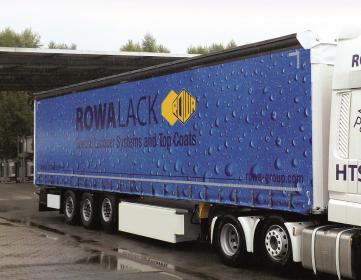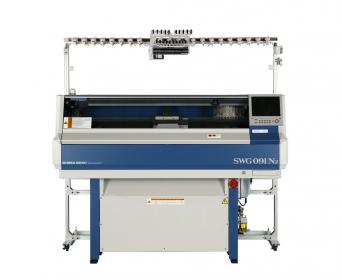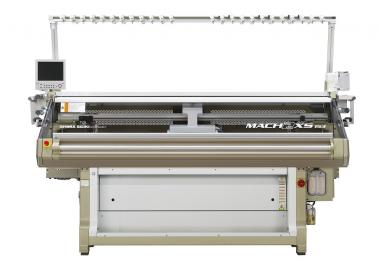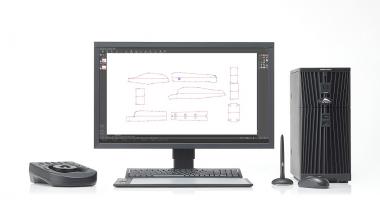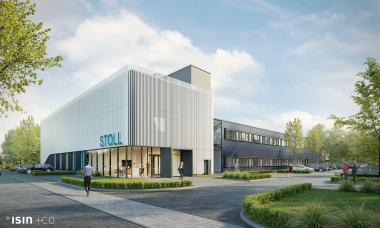Archroma and Baldwin to collaborate for optimized performance and resource saving in textile finishing
Archroma, a global leader in specialty chemicals towards sustainable solutions, and Baldwin, a leading global manufacturer and supplier of precision spray systems and technology for sustainable textile manufacturing, announce a new collaboration to optimize performance and resource saving in the finishing department.
The two companies aim to support textile manufacturers in their development projects, targeting to improve their product safety, performance and functionality, while at the same time maximizing the productivity and resource utilization of the finishing application process.
Archroma and Baldwin are collaborating in multiple projects that combine Archroma’s most sustainable product innovations with Baldwin’s Texcoat G4.
TexCoat G4 is a non-contact spray technology for textile finishing and remoistening, designed to allow a controlled and optimal coverage of the exact amount of finish chemistry for reaching specific characteristics of the fabric. The system can be used to reduce water consumption by as much as 50% compared to traditional padding application processes.
Archroma and Baldwin are currently testing Archroma’s finishing products and systems, such as the soon-to-be-launched PFC-free* Smartrepel® Hydro SR for water-based soil repellence, as well as metal and inorganic particle-free antimicrobial technologies like Sanitized T 20-19 and TH 15-14, which will be launched at the upcoming Techtextil 2022.
The first test results will be available for discussions with both partners at Techtextil at their respective booths.
Archroma


